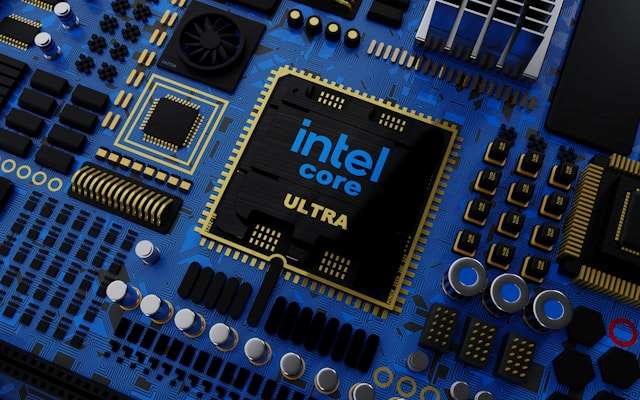#9
1st November 2024
INTEL ARROW LAKE
Intel's latest Arrow Lake CPU launch didn't feature the highly utilized hyper-threading feature from previous models, shifting focus to adding more physical cores in a hybrid setup.
Reasons for Droping Hyper-Threading
Hybrid Core
Intel's introduction of hybrid cores—P-cores (Performance) and E-cores (Efficient)—reduces the efficiency gains from hyper-threading, minimizing the benefit of this complex technology.
Reduction in Production cost
Hyper-threading requires each thread to have its own registers, which can drive up the cost of multi-core processors.
Benefits of Disabling Hyper-Threading
Since hyper-threading can be disabled in most CPUs on the market, this may be another reason for dropping it, at least in consumer-grade processors.
Single-Core Performance
A solid single core without hyper-threading can improve performance in applications that are poorly optimized for multi-core and hyper-threaded cpu setups.
Security Risks
Hyper-threading introduces vulnerabilities such as Microarchitectural Data Sampling (MDS). Disabling hyper-threading can reduce exposure to these attacks. Many users who prioritize security over performance often disable hyper-threading.
Improves Efficiency
Disabling hyper-threading makes the CPU significantly more power-efficient, positioning it to compete effectively with ARM-based processors.

